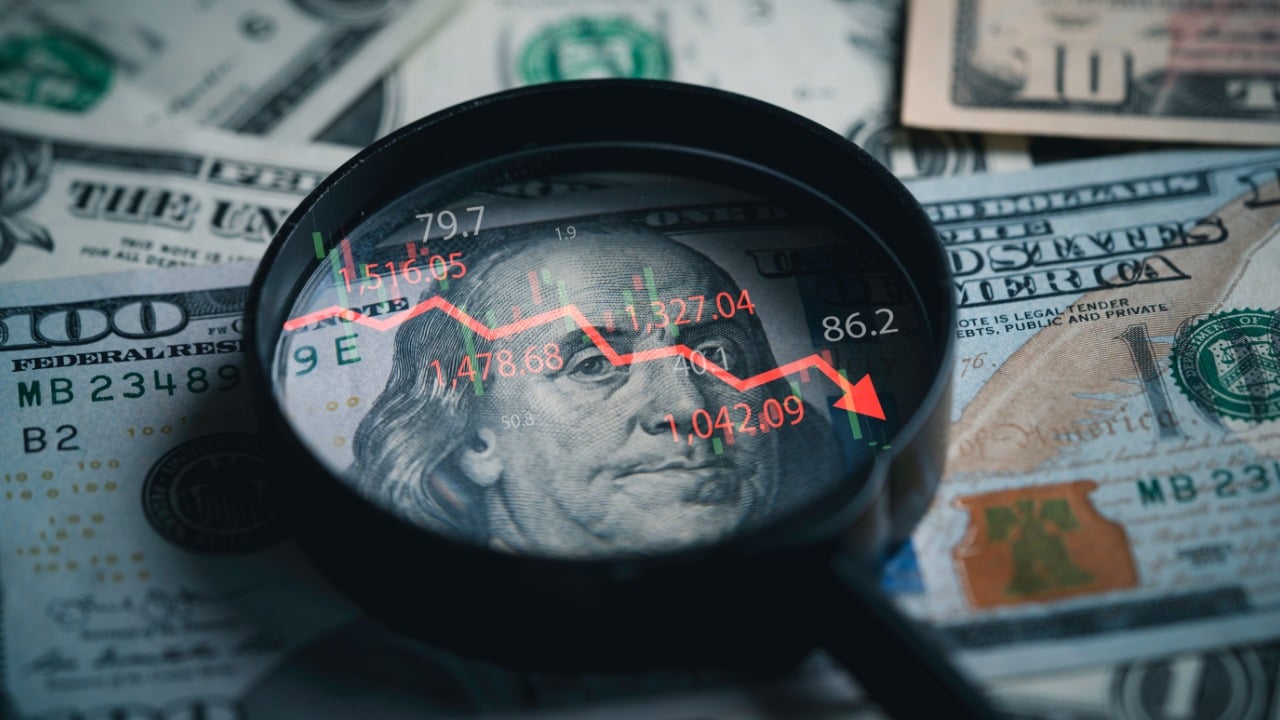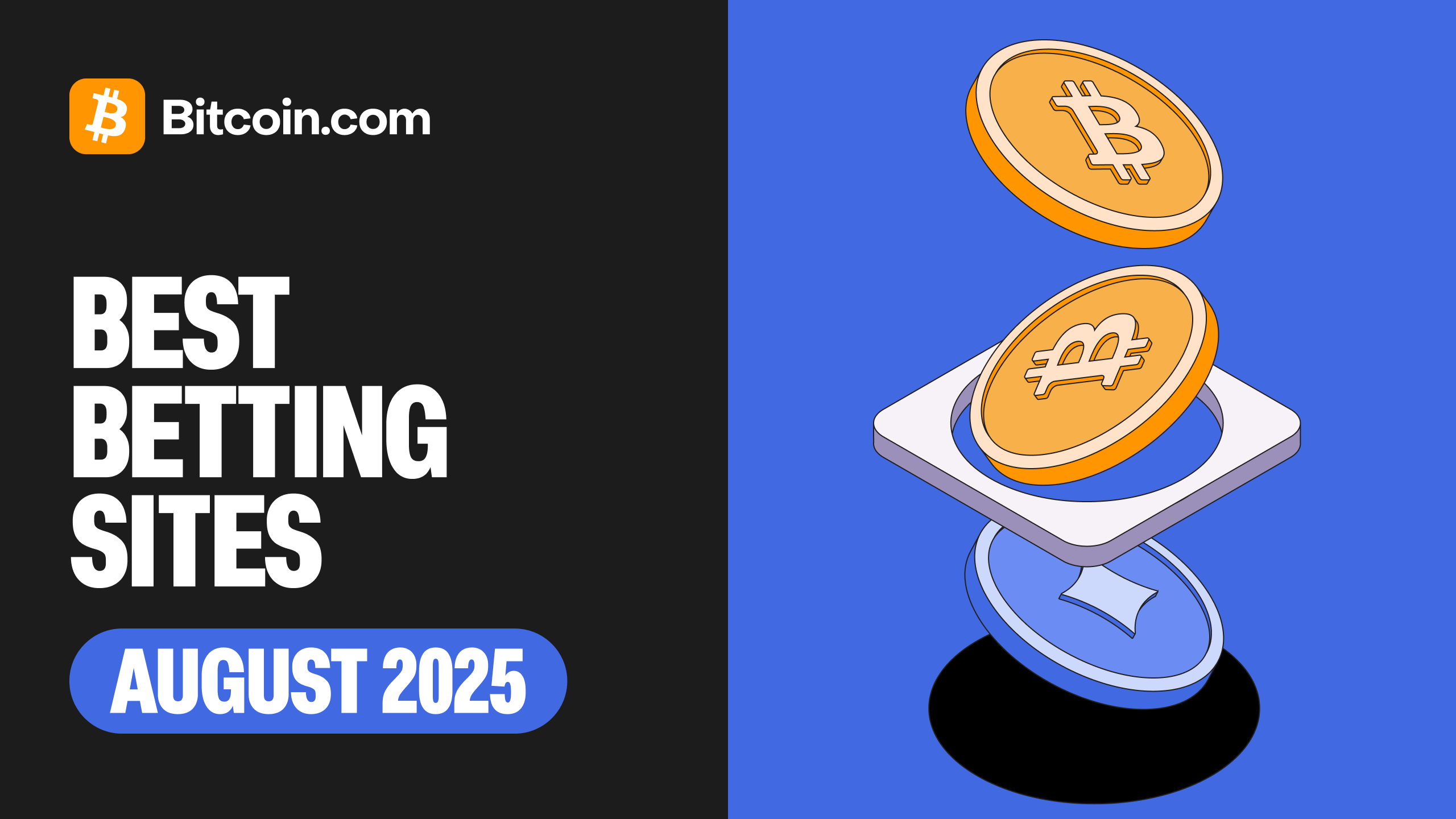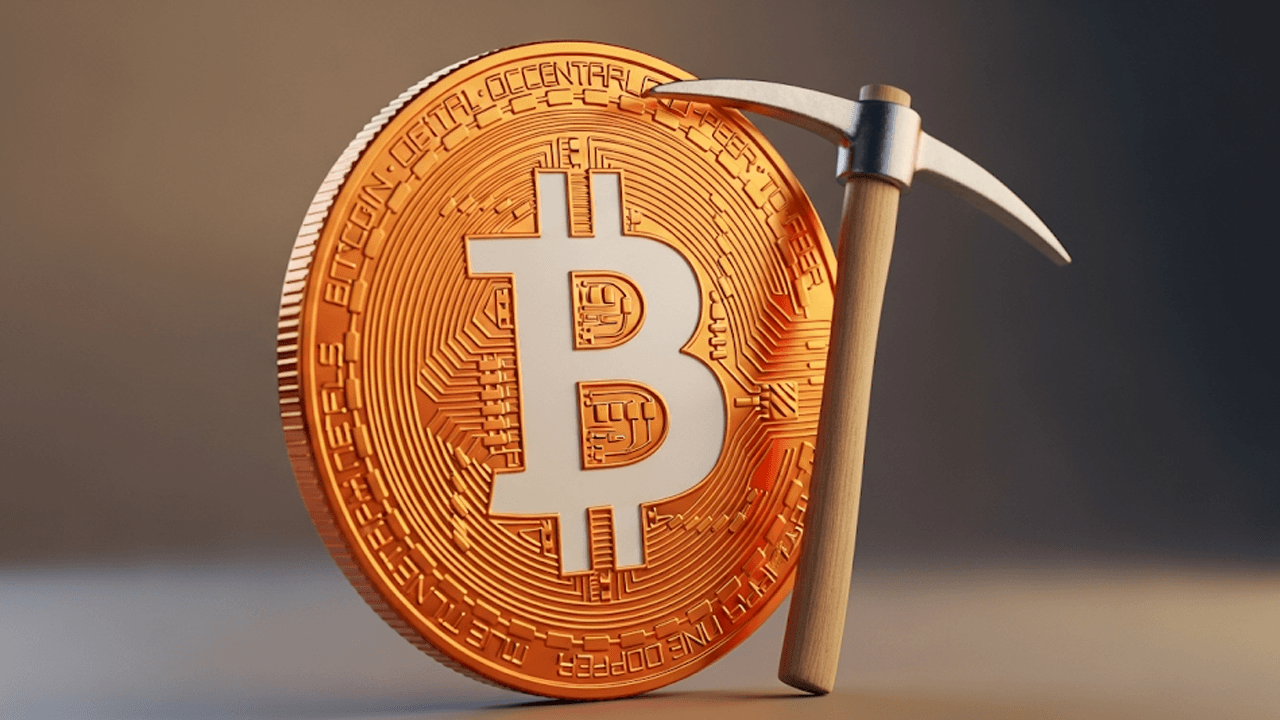The legal battle between Ripple and the U.S. Securities and Exchange Commission (SEC) has been a defining saga in the cryptocurrency world, shaping the regulatory landscape and influencing investor sentiment. The recent developments, including Ripple’s decision to drop its appeal and the SEC’s related actions, mark a significant turning point. This resolution has far-reaching implications for Ripple, XRP, and the broader crypto market, offering both opportunities and challenges.
The End of the SEC Lawsuit: A Turning Point for Ripple and XRP
The conclusion of the Ripple-SEC lawsuit represents a pivotal moment in the cryptocurrency industry. After nearly four years of legal proceedings, the dispute over whether XRP should be classified as a security appears to be nearing its end. The lawsuit began in December 2020 when the SEC alleged that Ripple had raised $1.3 billion through an unregistered securities offering by selling XRP. Ripple consistently maintained that XRP is a currency and not a security, a stance that has been partially vindicated by recent developments.
Ripple’s decision to withdraw its appeal signals a willingness to move forward rather than prolong the legal battle. This move aligns with Ripple CEO Brad Garlinghouse’s public statements, which emphasize the company’s shift from legal defense to growth and innovation. The mutual withdrawal of appeals suggests that both parties are ready to close this chapter and focus on the future. This resolution is expected to boost investor confidence and market momentum for XRP, as the legal uncertainty that has clouded its future is finally dissipating.
The Residual Impact of Injunctions and Penalties
Despite the apparent end of the lawsuit, Ripple still faces significant regulatory hurdles. A recent court decision denied a joint proposal by Ripple and the SEC to reduce a $125 million penalty and dissolve an injunction that restricts Ripple’s ability to sell XRP freely. U.S. District Judge Analisa Torres rejected this deal, emphasizing that the injunction—intended to prevent further securities law violations—remains in place.
This injunction has practical consequences for Ripple’s business operations. Institutional investors cannot currently purchase XRP directly from Ripple, which limits the company’s ability to engage with large-scale investors. This restriction preserves regulatory caution in the market, inhibiting Ripple’s direct sales and business expansion. While Ripple won the legal battle in many respects, the regulatory environment still imposes constraints on its operations, at least in the short term.
Market Dynamics and Investor Sentiment Post-Lawsuit
The conclusion of the Ripple-SEC lawsuit has had a mixed but cautiously optimistic impact on XRP’s market performance. Despite occasional price dips linked to judicial decisions—such as the 4–5% declines following the rejection of settlement proposals—XRP has demonstrated resilience. This resilience is buoyed by increasing clarity and investor optimism, as the legal uncertainty that has plagued XRP for years is finally being resolved.
Investors are now weighing the end of legal uncertainty against the persistence of institutional constraints. As the lawsuit fades into the background, attention is turning to promising factors like renewed enthusiasm for crypto ETFs and broader regulatory developments. Speculation about major players, such as BlackRock, entering the XRP ETF race further fuels positive sentiment. The narrative of XRP as a contentious asset embroiled in unresolved legal issues is fading, replaced by one focused on potential market integration and innovation.
Opportunities on the Horizon for Ripple
With the legal battles easing, Ripple can refocus on its core mission: building out its ecosystem, onboarding partners, and expanding XRP’s utility in payments and cross-border transfers. The company’s ongoing pursuit of regulatory clarity and innovation in crypto financial infrastructures sets the stage for future growth. Potential IPOs, strategic partnerships, and industry-wide shifts—such as the acceptance of crypto assets by traditional financial firms—could accelerate Ripple’s progress.
The clearer legal environment, even with certain injunctions remaining, may encourage developers, investors, and institutional players to engage more confidently with Ripple. The company’s ability to leverage this newfound clarity will be crucial in determining its future success. Ripple’s strategic moves, such as expanding its partnerships and exploring new use cases for XRP, will likely influence not only the future of XRP but also the broader crypto industry.
Continuing Challenges and Uncertainties
Despite the progress, regulatory challenges persist for Ripple. The ongoing injunction limits Ripple’s direct sales channel, maintaining a cautious posture among institutions and regulatory bodies. Moreover, evolving SEC policies and potential legislative reforms in crypto regulation could reshape Ripple’s landscape in unforeseen ways. Judicial reluctance to ease penalties or remove blocks on Ripple’s sale of XRP indicates regulators’ firm stance on compliance. Ripple must navigate these legal frameworks skillfully to avoid future conflicts. The precise timeline for fully lifting institutional restrictions remains uncertain, requiring strategic patience.
Furthermore, the broader debate about how to classify and regulate digital assets continues beyond Ripple, affecting industry standards and market stability. The ongoing discussions about the classification of digital assets and the evolving regulatory landscape will shape the future of not only Ripple but the entire crypto industry.
Conclusion: Ripple’s New Chapter in a Maturing Crypto Era
The conclusion of the Ripple-SEC lawsuit marks a pivotal transition—from prolonged legal uncertainty to a phase of opportunity paired with caution. Ripple emerges with a partially vindicated position but faces ongoing operational limits due to court injunctions and penalties. XRP’s market prospects now hinge on how effectively Ripple can leverage the growing legal clarity to rebuild trust, attract partners, and innovate within regulatory parameters.
Institutional investors must balance persistent constraints against the promise of XRP’s integration into mainstream finance, with ETF developments and potential partnerships like BlackRock’s participation as catalysts. This legal resolution, while not an unequivocal victory, signals maturation—both for Ripple and the crypto industry’s regulatory environment. It reflects a broader shift toward understanding, adapting, and co-evolving with digital assets in the complex landscape of financial law and innovation. Ripple’s next moves, exercised with strategic foresight, will likely influence not only the future of XRP but also the evolving architecture of crypto regulation and adoption.





